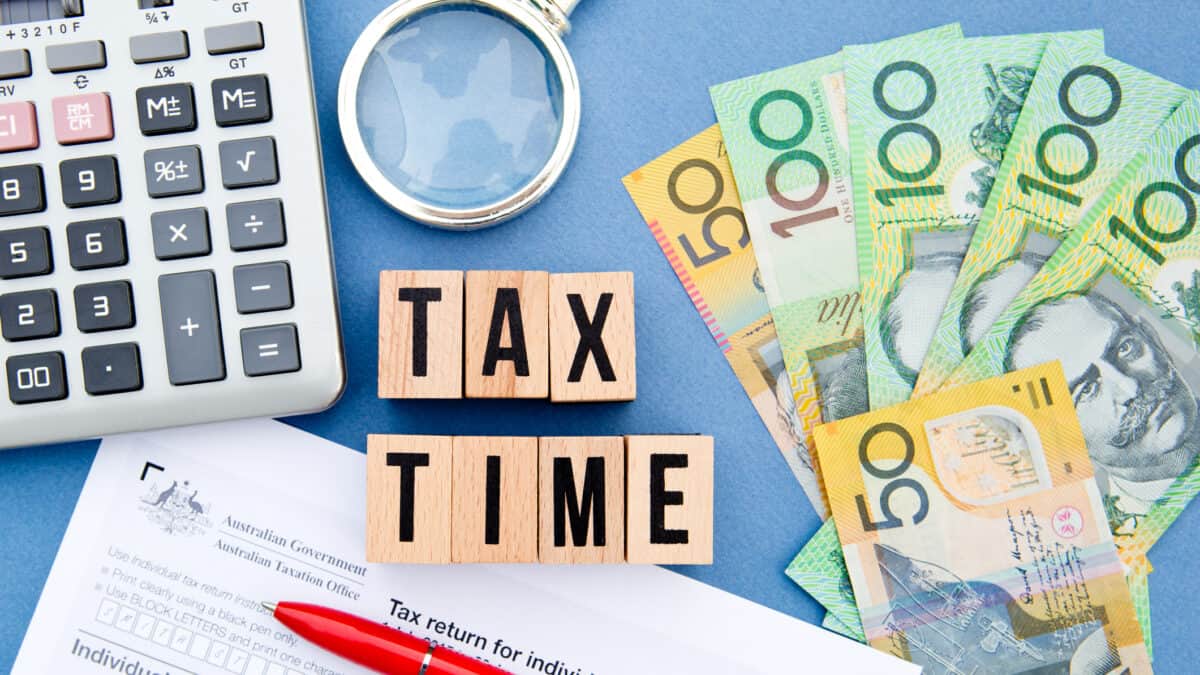This Monday marks exactly one week until the start of July. That means there's only one week left in June, as well as the 2024 financial year. It also means that from next Monday on, we'll be able to lodge our tax returns for the financial year that is about to pass us by. So let's talk about why you won't want to forget your franking credits when you do your taxes.
Franking credits are an important component of the tax return for anyone who owns ASX shares. Overlooking them when you do your taxes would be a huge mistake.
But let's explain why by looking at what franking credits are and why they're worth paying attention to.
What are franking credits?
Franking credits are a unique feature of our Australian taxation system. They are paid out at the same time a company pays a fully or partially franked dividend.
Whenever a company pays out a dividend, it must do so from a pool of profits on which it has already paid corporate tax. When you or I receive this dividend, we must also declare it to the Australian Taxation Office (ATO) as taxable income and pay tax on this cash accordingly.
But you may notice a problem here. By the time this dividend cash makes its way into our bank accounts, it has theoretically been taxed twice. Once at the corporate level and once as personal income. That's not exactly a fair outcome.
To account for this, companies include franking credits with any dividends funded from previously taxed profits. These credits can be thought of as a receipt of sorts that proves taxes have already been paid on this pool of cash.
Most ASX shares pay corporate taxes in Australia. If that's the case, dividends from these companies usually come fully franked. But if a company makes profits and pays taxes offshore instead of in Australia, it might not generate franking credits. This is normally the case when a company pays a partially franked dividend or a dividend that is completely unfranked.
How does a franked dividend help us at tax time?
When we receive franking credits, we can use them to claim a tax deduction from the ATO up to the value of the taxes already paid. As such, franking credits reduce the income tax we might otherwise be required to pay to the ATO.
Thus, franking can form a big portion of the overall wealth-building benefits of investing in and owning ASX shares.
To illustrate, let's take an ASX dividend share that has paid out a yield of 4% over FY2024. If these dividends were fully franked, that dividend yield would instead gross up to be worth 5.71%, with the value of those full franking credits included.
As you can see, franking is not something that should be ignored. It can help reduce your debt or assist you in getting a larger refund when you lodge your FY2024 tax return. So don't forget about your franking this tax time. Doing so would be a huge own goal.







